12 Challenges Boomers Faced That Gen Z Couldn’t Handle Today

Life before smartphones, instant streaming, and social media looked completely different. Baby Boomers navigated a world where patience wasn’t just a virtue—it was a daily necessity. From rotary phones to film cameras, they handled obstacles that would frustrate most of today’s generation beyond belief.
1. No Internet or Smartphones

Imagine needing to know something and having absolutely no way to find out instantly. Boomers relied on heavy encyclopedia sets gathering dust on shelves, and if the information wasn’t there, tough luck. Research papers meant actual trips to libraries where you’d spend hours flipping through card catalogs.
Want to meet up with friends? You had to call their house phone and hope someone answered. Plans couldn’t change last minute because there was no way to text updates.
Getting anywhere new meant studying paper maps before leaving home. Wrong turn? You’d drive around lost until you spotted a gas station to ask for help, which happened more often than anyone wants to admit today.
2. Manual TV Controls
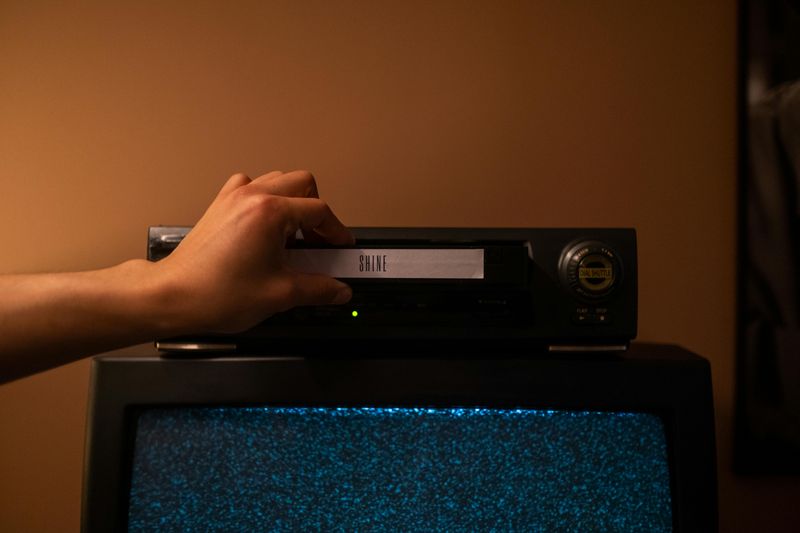
Picture this: you’re comfortable on the couch, but your show ends and something boring comes on. Too bad—you have to physically walk across the room and twist a chunky dial to change channels. Only three to five channels existed in most areas, so your options were seriously limited anyway.
Commercials came on every few minutes, and there was zero way to skip them. You either sat through advertisements or left the room. Binge-watching didn’t exist because shows aired once weekly at specific times.
Miss your favorite program? You missed it completely unless reruns came around months later. Recording wasn’t common until VCRs arrived, and even those required programming skills that baffled many people back then.
3. Waiting for Photos to Develop
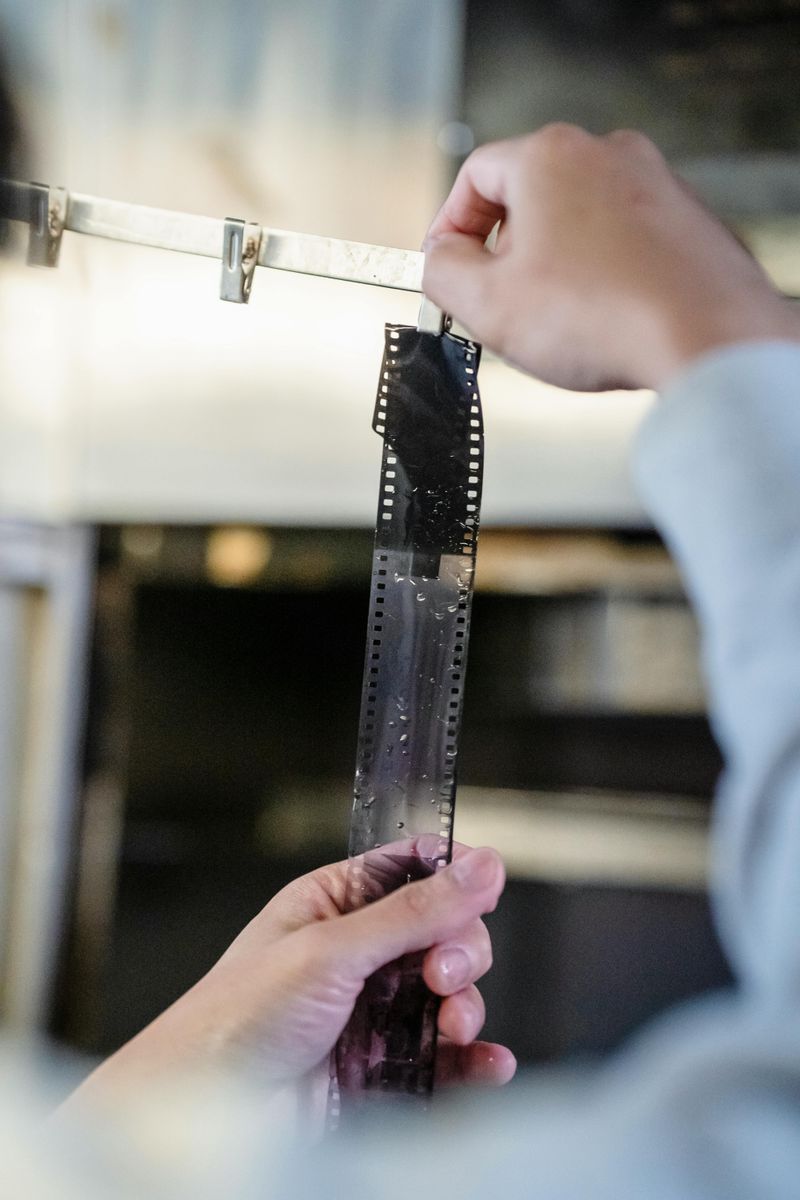
Snapping photos meant commitment. You loaded a film roll with 24 or 36 exposures, and each click cost money. No preview screen existed, so you couldn’t tell if someone blinked or if your thumb covered the lens.
After finishing the entire roll—which could take weeks or months—you drove to a photo shop and dropped it off. Then came the agonizing wait of three days to a week before you could pick up your prints.
Opening that envelope was like a mystery box. Sometimes you’d discover half the pictures were blurry, too dark, or cut off someone’s head. No retakes, no filters, no instant sharing—just hoping you captured something worth keeping and putting in an actual photo album.
4. Sharing One Phone for the Entire Household
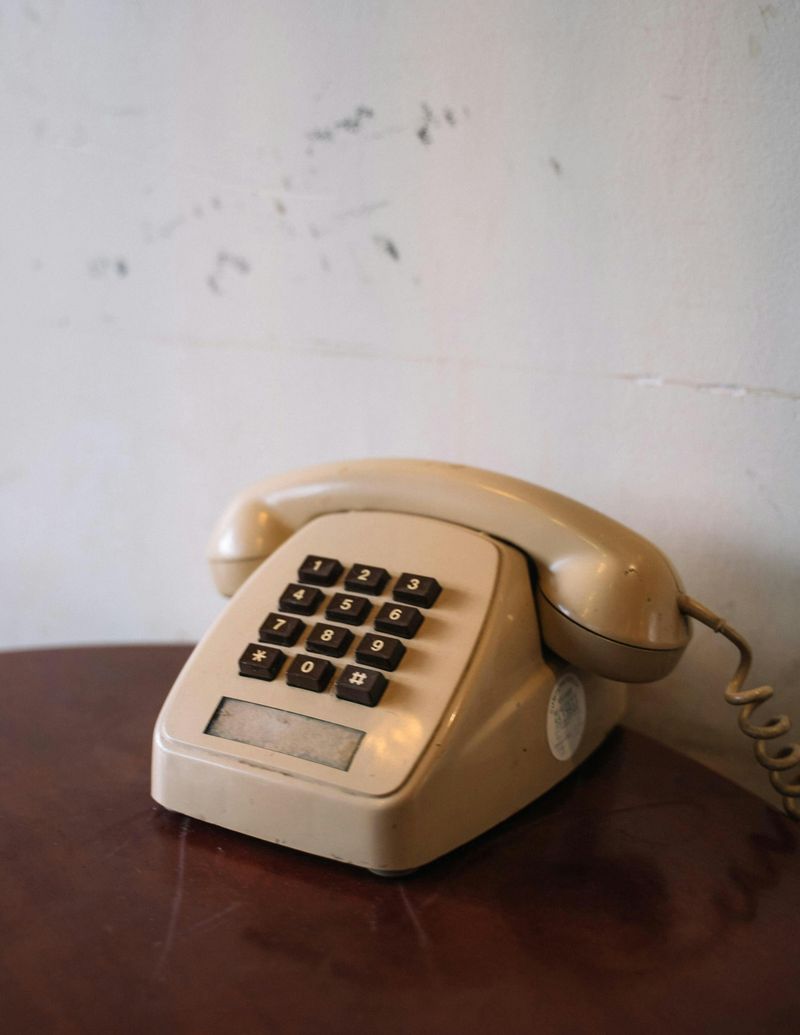
Privacy during phone calls was basically impossible. Families shared a single landline, usually mounted on a kitchen wall with a super long, tangled cord that never seemed to straighten out. Everyone could hear your conversations, and siblings loved picking up the extension to eavesdrop or make annoying noises.
Teenagers spent hours on the phone, which meant nobody else could make or receive calls. Parents constantly yelled about tying up the line. Important calls got missed because someone was chatting with friends.
Want to talk to your crush privately? Good luck with that when your mom might pick up the extension any second. Long-distance calls cost a fortune, so families watched the clock carefully during those conversations.
5. Typing on Typewriters

Every keystroke was permanent. Typewriters hammered ink onto paper through metal keys, and once that letter hit the page, it stayed there. Make a spelling mistake? You had three options: start the entire page over, use correction tape, or brush on white-out liquid and wait for it to dry.
College papers and work reports required incredible concentration. One typo near the end of a page meant potentially retyping everything. The keys stuck together if you typed too fast, creating jumbled messes.
Carbon paper let you make copies by sandwiching it between sheets, but it was messy and smudged easily. Editing meant literally cutting sentences with scissors and taping them in different orders before retyping the final version completely.
6. Using Maps Instead of GPS
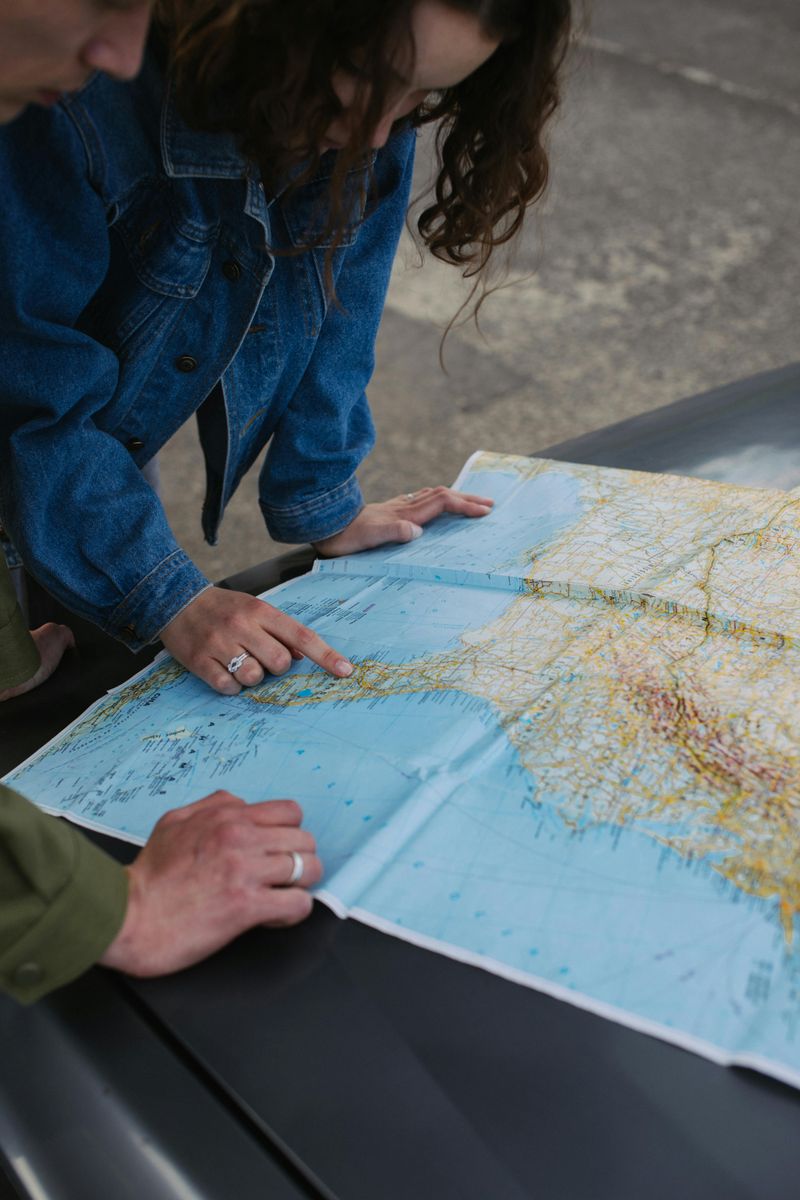
Road trips required serious planning. Before leaving, you’d spread giant paper maps across the kitchen table and trace your route with a highlighter. These maps folded in complicated ways that nobody could ever get right after opening them.
While driving, the passenger became the navigator, calling out turns while trying to read tiny street names. Arguments erupted when drivers missed exits or navigators gave directions too late. Getting lost happened constantly, especially in unfamiliar cities.
Asking strangers for directions was the only solution when hopelessly confused. Gas station attendants gave directions like “turn left at the big oak tree,” which helped exactly zero percent of the time when you had no idea which tree they meant.
7. No Instant Communication

Coordinating plans took real effort. If you called someone and they weren’t home, you just had to try again later. Answering machines eventually helped, but you still waited hours or days for responses. Urgent messages had no fast delivery method.
Writing letters was common for staying in touch with distant friends and relatives. You’d write everything out by hand, mail it, and then wait a week or more for a reply. Pen pals across the country maintained friendships through monthly letters.
Business communication moved at a snail’s pace too. Sending documents meant mailing them and hoping they arrived safely. Confirming receipt required another phone call or letter. What takes seconds today consumed weeks back then, and people just accepted that as normal life.
8. Limited Music Access
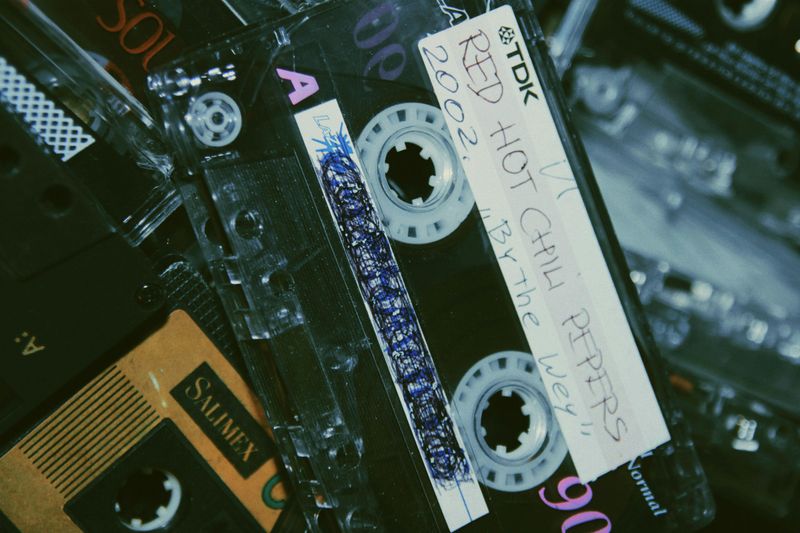
Hearing a new song meant waiting by the radio with your finger on the record button, hoping the DJ wouldn’t talk over the intro. Building a music collection required buying entire albums even if you only liked one song. Albums came on vinyl records, 8-track tapes, or cassettes—all fragile and easy to damage.
Cassette tapes unraveled inside players constantly. The classic fix involved sticking a pencil through the wheel and carefully winding the tangled ribbon back. Sometimes it worked; sometimes you lost your favorite album forever.
Discovering new music happened through radio, friends’ recommendations, or blind purchases based on cover art. No previews, no playlists, no shuffle—just hoping that album you saved up to buy was actually good.
9. Strict Dress Codes and Social Expectations

Self-expression through clothing faced major restrictions. Schools enforced rigid dress codes—girls wore dresses or skirts only, boys needed collared shirts and dress shoes. Jeans were considered too casual for many settings, including nice restaurants and churches.
Workplaces demanded formal business attire daily. Men wore full suits and ties regardless of temperature; women wore dresses, skirts, and heels with pantyhose. Casual Fridays didn’t exist yet. Showing up in anything remotely comfortable could cost you your job.
Social rules governed behavior too. Young people addressed adults as “sir” and “ma’am” always. Tattoos and unusual hair colors marked you as rebellious or unemployable. Standing out meant facing serious judgment from neighbors, employers, and even family members who valued conformity above individuality.
10. Paying Bills by Mail

Managing finances required organization skills most people today would find exhausting. Every bill arrived by mail, and you had to write individual checks for each one—rent, utilities, phone, credit cards. Each check needed recording in a paper register to track your balance manually.
Mailing payments meant buying stamps, addressing envelopes, and getting everything to the mailbox days before due dates to account for delivery time. Late payments happened easily if mail got delayed. Banks provided monthly statements only, so you balanced your checkbook by hand, subtracting every purchase and adding deposits.
Math errors caused overdrafts and fees. No alerts warned you about low balances. Checking your account meant calling the bank or visiting in person during business hours only.
11. Enduring Long Hold Times

Customer service tested everyone’s patience. Need to resolve a billing issue or track a package? You dialed the company’s number and immediately heard “All representatives are currently assisting other customers.” Then came the muzak—terrible elevator music looping endlessly while you waited.
Thirty-minute hold times were normal; hour-long waits happened regularly. You couldn’t put the phone on speaker and do other things because cordless phones weren’t common early on. You just sat there, ear pressed to the receiver, listening to the same instrumental version of a Beatles song for the fortieth time.
No automated systems provided account information or order updates. Every single question required speaking to a human representative during their limited business hours. Calling after work meant everyone else was calling too, making waits even longer.
12. Doing Math Without Calculators or Computers

Mental math wasn’t optional—it was essential survival. Grocery shopping meant adding prices in your head to stay within budget since items didn’t scan automatically. Cashiers calculated totals and change manually, which took significantly longer than modern checkout speeds.
Students learned long division, multiplication tables, and complex equations without digital help. Slide rules—weird ruler-looking devices—helped with advanced calculations in higher grades and engineering jobs. Teachers expected you to show all work by hand because that’s how real life worked too.
Balancing budgets, calculating tips, measuring ingredients for recipes, and figuring out sale discounts all required actual math skills. Making mistakes meant real consequences—overspending, wrong measurements, or incorrect project calculations. People developed strong number sense because they absolutely had to for daily functioning.

Comments
Loading…